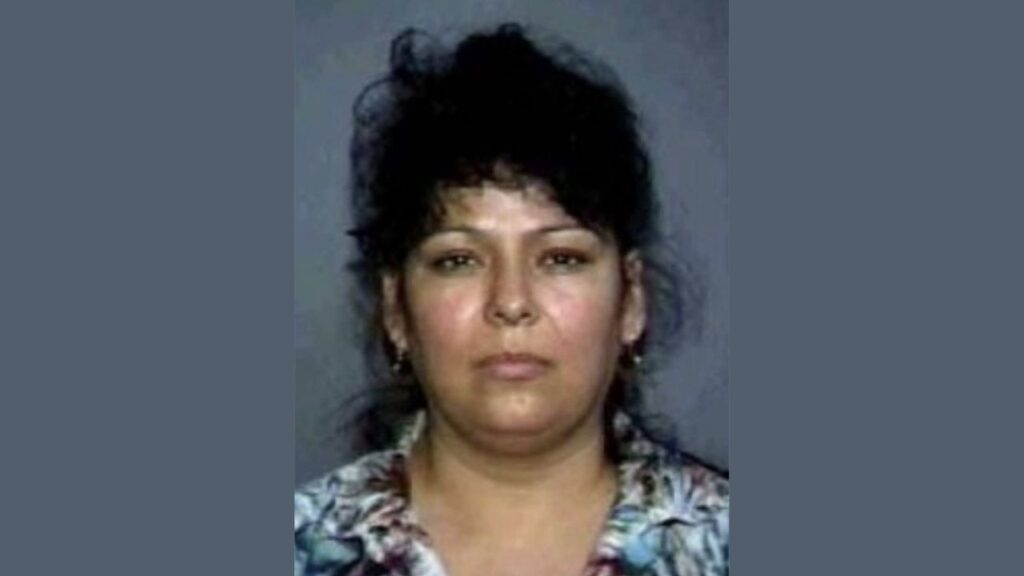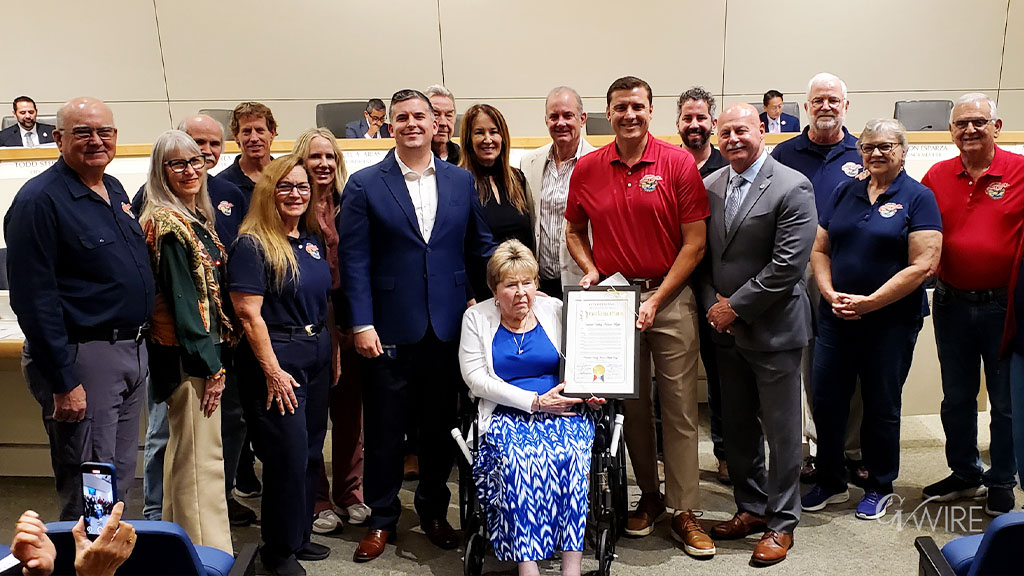Sierra Unified trustees held a workshop last week to discuss academic performance gaps and what teachers and administrators are doing to close them. (GV Wire Composite)

- State and district assesssments show that many Sierra Unified students are below grade level.
- The district hired coaches to work with teachers on best practices to teach reading to younger students and is tapping into the expertise of the Fresno County Office of Education to become more proficient with data analysis.
- Schools set an ambitious goal of a 5% improvement in English and math state test scores next spring.
Share
|
Getting your Trinity Audio player ready...
|
Sierra Unified School District officials agree that students’ lower state standardized test scores are a sign that they’re still struggling to close learning gaps that widened during and after the pandemic.
According to the state’s annual testing as well as the district’s own learning assessments, too few of Sierra’s 1,270 students were at grade level in recent years, including graduating seniors.
Last year 39% of Sierra students tested at or above proficient levels on the state’s English language assessment and 30% tested at or above proficient on the math assessment, a slight increase over the year before. But Sierra is trailing the Fresno County average and has not yet regained its pre-COVID proficiency levels overall.
Last year’s sixth-graders, for example, tested 25 percentage points lower for proficiency in English and 13 percentage points lower for proficiency in math on state assessments than they had tested as fourth graders two years earlier, according to a district workshop presentation last week.
In Sierra’s district learning assessments, or DLAs, the results also were dismal for some student groups. One hundred percent of Sierra High’s 10th graders were below grade level in the district’s mathematics assessment administered in the fall, and only 2% were at grade level by the end of the year. As ninth graders, they had started the year with 40% below grade level and ended the year with 65% below grade level, according to the DLA data.
Signs of Improvement
But there have been some bright spots as well. Last year’s 11th graders outperformed 11th graders in the two prior years and showed double-digit growth in the state’s English language and mathematics assessments over their counterparts in the 2021-22 school year.
“And that happened largely through some dedicated work of our teachers and making sure that they’re looking at the alignment of what they’re teaching with CAST (state assessment testing) and supporting our students in that,” Dr. Lori Grace, who started work as the district’s superintendent this summer, told GV Wire last week. “And we’re very proud of the work that they did.
“And so we’re kind of doubling down on that work. Some of our teachers in-house are also working with our seventh- and eighth-grade teachers as well as our ninth and 10th teachers to make sure that we focused on that all the way through. Because we’ve seen that proven success last year.”
Trustees learned at last week’s workshop that teachers and administrators are digging more deeply into data this year to analyze where students have learning gaps and then moving more quickly to close those gaps.
Assistance from County Education Experts
Sierra Unified has been working with Fresno County Superintendent of Schools’ Office experts to learn how to analyze the data from the state assessments and then implement changes.
Sierra, like many of the county’s smaller schools districts, doesn’t have resources of its own for certain specialized tasks but can draw on the expertise offered through the county office of education and has done so in the past, Grace said.
The Fresno County Superintendent of Schools’ office routinely assists officials in districts across the county interpret data from assessment tests and the California state dashboard and then develops educational improvements for specific student populations, said Dr. Diane Lira, deputy superintendent of the instructional division.
In addition, the county office holds bi-monthly “assessment network” meetings for coaching, data analysis, and additional support, Lira said.
“Helping Fresno County districts analyze and use their data to optimize student outcomes is a key part of the County Superintendent’s office work to support student success,” she said.
A New Diagnostic Tool
Sierra Unified has also rolled out an additional assessment tool. This year the district is using iReady diagnostic testing on literacy components for younger students, which will help teachers better measure progress, Grace said. The advantages of the computer-based iReady program include enabling parents to work with their children after school, thereby extending learning time. The district will provide parents some iReady training in upcoming sessions, she said.

“We can’t support them enough, if we want every child reading on grade level by grade three, which is our goal.” — Sierra Unified Superintendent Dr. Lori Grace
“It is a valuable component that Sierra had not had,” she said.
Teachers are getting a boost in their professional development with CORE Learning, which is providing coaches and training sessions on early literacy, and in particular teaching about what is now called the “science of reading,” which not only focuses on how to teach students to read but also how students learn to read, including how their brains work while learning to read.
“The research does really say that job-embedded professional development is the most effective kind of professional development for teachers. So it’s not a one-and-done, we’re doing it across the year,” Grace said. “They’ll have a session a month. And part of those sessions will be that they’re actually sitting down and digging into the professional development, the skills. And then part of those will actually be that they’ll be observing other teachers in the classroom, and they’ll be being observed by their CORE coach and getting feedback on their teaching of reading. … We can’t support them enough, if we want every child reading on grade level by grade three, which is our goal.”
The trustees’ other goals include improving state test scores by 3% in English language and math by 3% overall this year. School sites intend to take that a step further with goals of 5% improvement in both areas, she said.
“We actually have some student groups who have returned to pre-COVID performance levels in areas. And we are very small, so inherently we focus on every student,” she said. “So that’s not to say that we don’t focus on our subgroups, but inherently we focus on every student. We do have some work to do in special ed and we’re doing some different work there with students with disabilities.”



















